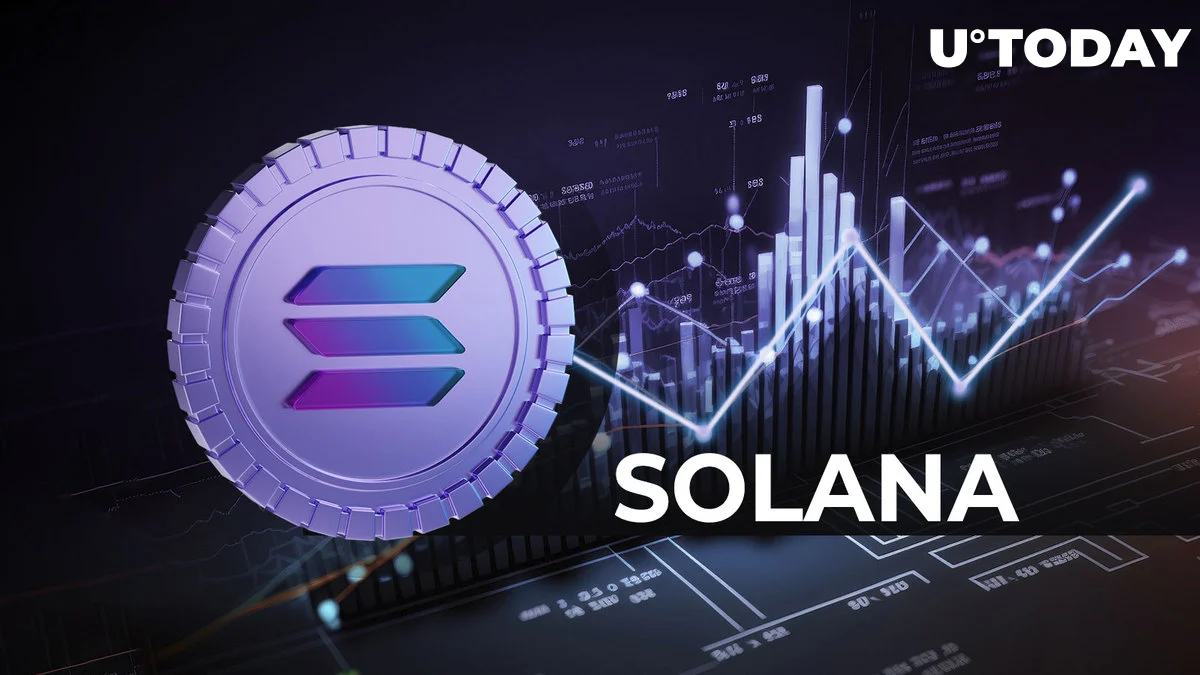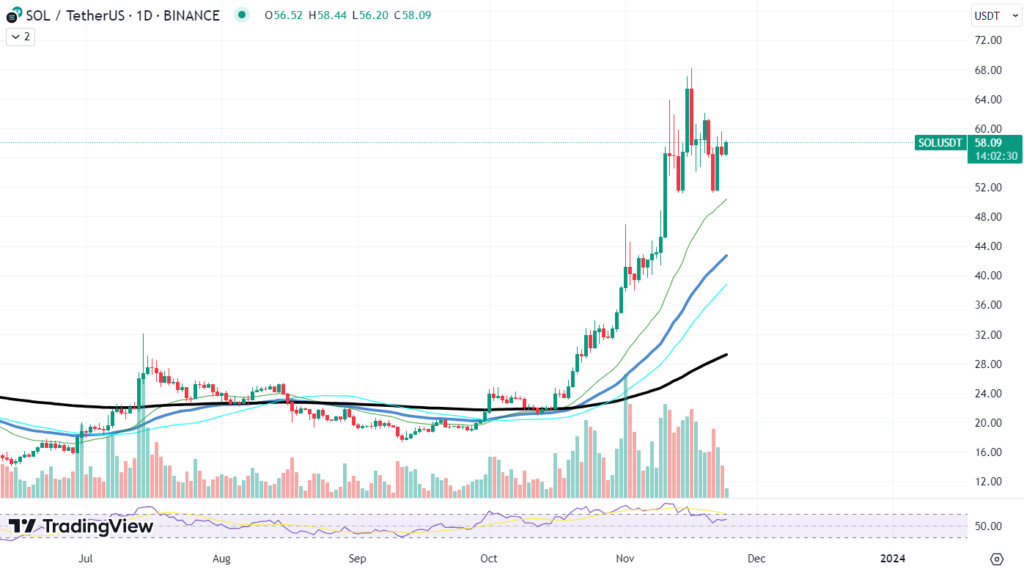
The Solana (SOL) price chart is being watched by market watchers attentively for indications of the iconic “Head and Shoulders” (H&S) pattern, which is frequently seen as an indicator of a bearish slump. At first glance, the chart does not appear to display the definite structure of a conventional H&S pattern.
An H&S formation is characterised by three distinct speaks, the left shoulder, the centre peak (head), and the right shoulder, which are divided by valleys (troughs). The “neckline,” which is drawn across the lowest points of the troughs, acts as a critical support line and anchors the formation. However, Solana’s recent price movement on the Kucoin market shows that this pattern is not present at all, instead showing a steady rising trend that is interspersed with many corrections.

However, the possibility of a trend reversal looms large. The Solana chart’s potential H&S pattern formation would signal a substantial shift in sentiment from positive to pessimistic on the market. The development of the right shoulder at the completion of the formation would suggest a waning of the purchasing pressure and might pave the way for an alteration in the asset’s trajectory.
Wavelike movement of Solana
An in-depth analysis of Solana’s movements using the Elliott Wave theory is possible. According to this hypothesis, market prices fluctuate in a predictable five-wave pattern that consists of two “corrective” waves and three “motive” waves. According to Solana’s chart, it appears that the series is coming to a close, and the last “motive” wave may have peaked lately. The pattern that follows could be mistaken for an H&S formation, although it could really be a corrective pattern.
Solana’s standing in the market would be severely impacted if an H&S pattern developed in its entirety. A decline below the neckline would confirm the bearish pattern and might set off a chain reaction of sell-offs as investors scramble to cut losses or take advantage of the decline. A scenario like this would suggest that the bullish impulse that has driven SOL to these levels is running out, which might usher in a new negative cycle.


















